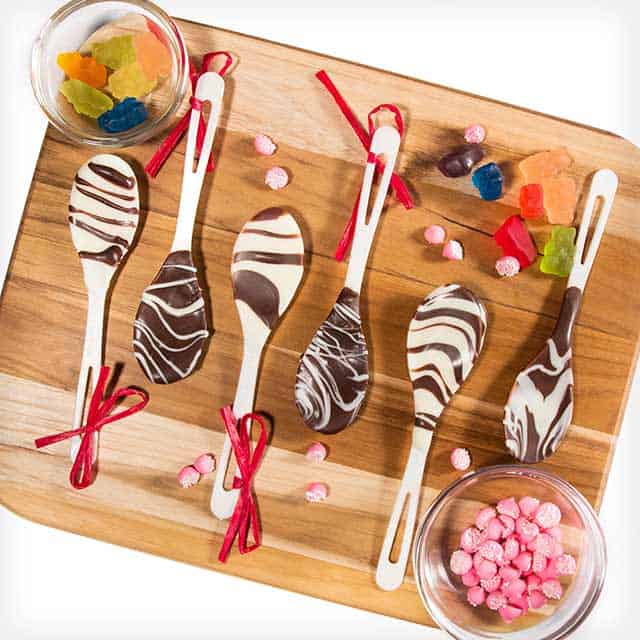Small bites and appetizer boards are one of my favorite things to host with. Put a glass of wine in someone’s hand and some finger food in front of them and it’s game over. Sprouts’ new line of olive oil provides the perfect twist on a small bite occasion; each one has its own unique flavor and a perfect pairing.
Olive Oil Pairings:
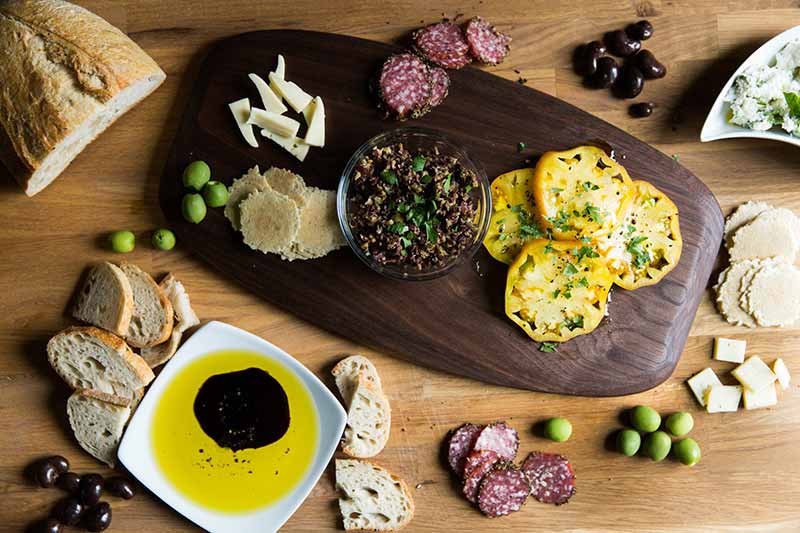
- Tunisia (Intense & Fruity): Bread Dipping with sweet balsamic reduction
- Italian (Full Bodied & Balanced): Mixed with ricotta and basil for spreading
- Arbequina (Fruity & Creamy): Incorporated into Tapenade (recipe below)
- Cornicabra (Full Bodied & Spicy): Drizzled on heirloom tomato slices
Tapenade Ingreidents:
- 1/5 cup Kalamata & green olives
- 1 tsp. Parsley
- 1/2 Lemon, juiced
- 1 tsp. Lemon zest
- 2 Anchovies
- 1 tsp. Capers
- 4 Tbsp. Sprouts Arbequina Olive Oil
- 1 clove Garlic
- 1/4 tsp. Crushed red pepper
- 1 pinch Salt and pepper
Tapenade Instructions:
- Place ingredients in a food processor and pulse until mixture has achieved a fine texture. Do not pulse the mixture into a pulp.
- Top with fresh parsley and serve!
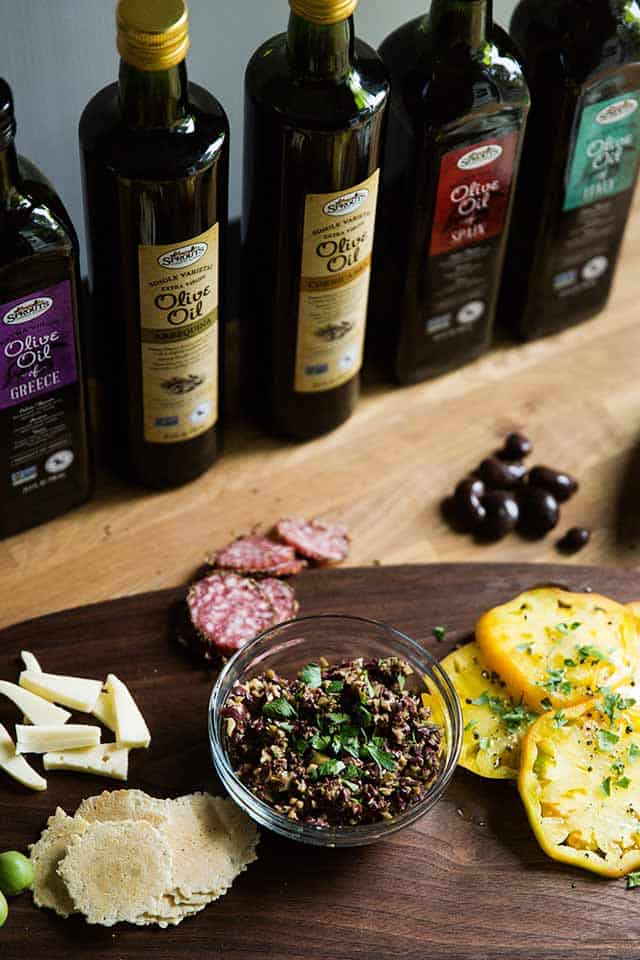
Tips for Creating Your Board
Contrast
This by far is rule number one. You want to have a wide variety of flavors, colors and textures on your board. If there is something crunchy on your plate (nuts, crackers, veggies) fill out the rest of the board with some soft items (cheese, jams, hummus). If you have a salty or briny item (olives, salami, Parmesan) have milder options as well (brie, carrots, grapes). If your board consists of mostly yellow or orange (crackers, carrots, cheddar) add a pop of green (bell peppers, cucumbers, or a light arugula salad).
Be Generous
People are always tentative to take the first slice of pie, and the last. With this in mind, make your board look approachable and make sure there is plenty of everything. Slice hard cheeses, meats and breads so they are easy to grab and put crackers and other items in multiple spots people aren’t reaching over each other to get a little bit everything.
Flavors
Incorporate a wide array of flavors. Sweet, salty, briny, spicy, are all great places to start. In this spread, chocolate covered cashews provide a bit of sweet and crackers and whole olives give a much-needed crunch. The salami is encrusted with spicy pepper, and the heat pairs wonderfully with a mild and buttery fontina cheese. A lightly seasoned cracker and soft rosemary bread go with any accouterments and the tapenade spread provided a kick of brine. My ricotta mixture incorporated a light and clean flavor and was perfect for topping on the heirloom tomatoes, which also provided a wonderful pop of color.
Meet Rachel Nichols
Food Stylist and Blogger
Rachel is a graphic designer and photographer residing in Denver, Colorado. She runs
The Fond Life, a food blog and online shop for the at-home cook who loves food and making their kitchen bright. On the weekends (and many weekdays) you will find her on mountain tops, climbing on rocks, playing grass volleyball, camping and snowboarding. She is a firm believer in adventuring in all seasons, in the kitchen or out of it.





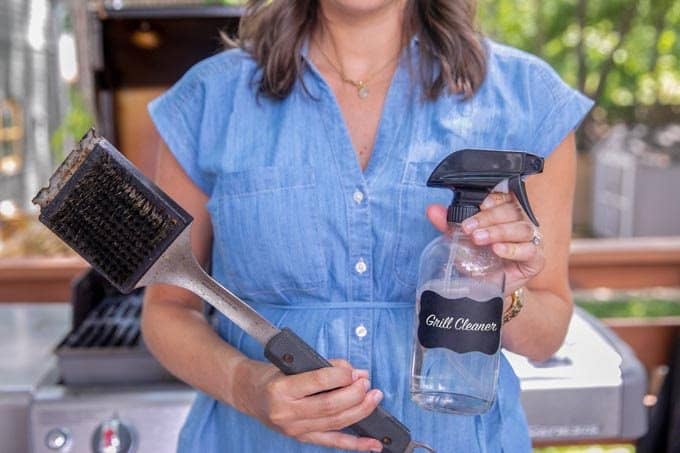

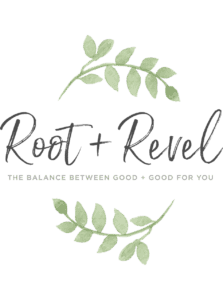
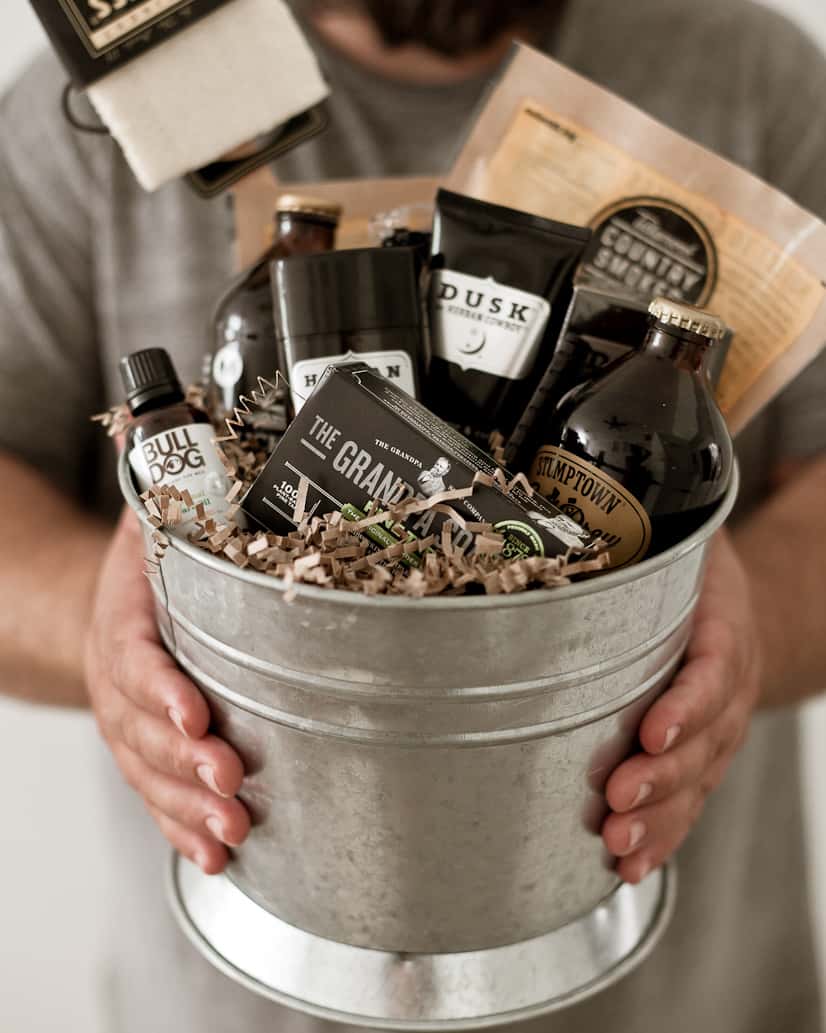
 Supplies:
Supplies: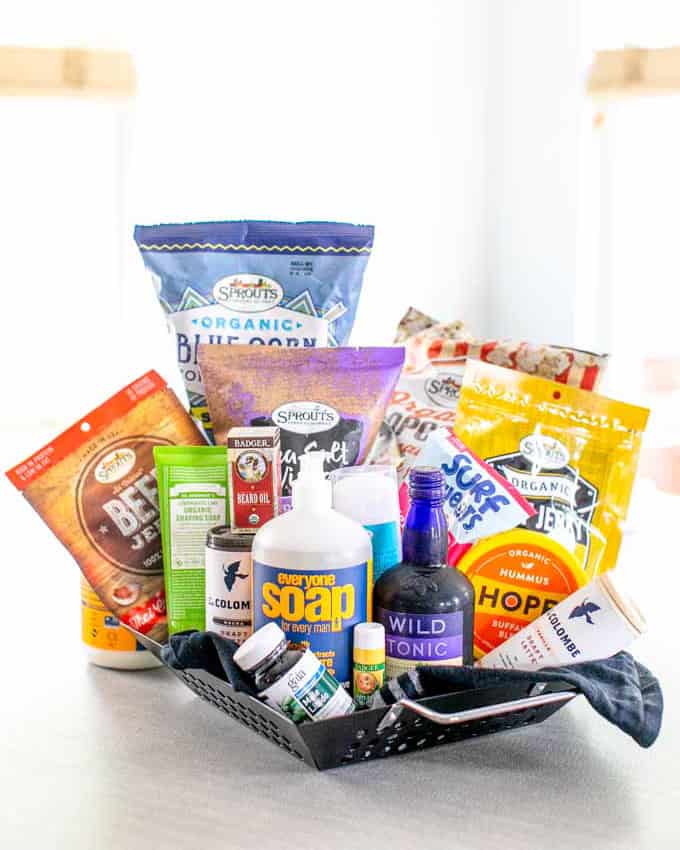
 Cupid’s Arrow Pancake Kabobs:
Cupid’s Arrow Pancake Kabobs: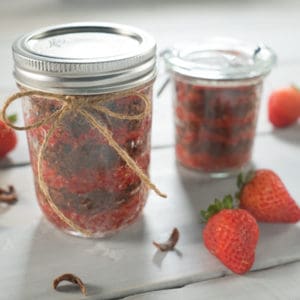 Chocolate Covered Strawberry Sugar Scrub:
Chocolate Covered Strawberry Sugar Scrub: